There’s nothing wrong with a good nature documentary.
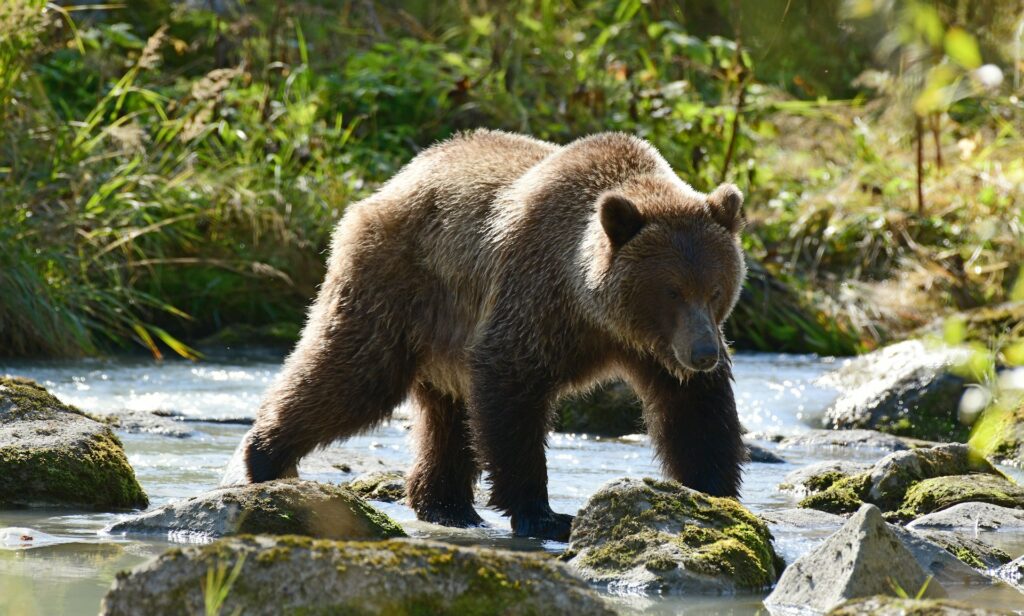
The close-up shots, the soothing narration, the slow-motion footage of lions padding across the plains—it all has its place. But even the most beautifully made wildlife film can only do so much. It’s a different thing entirely to be there. To see it. To feel it. To stand in the same space as a creature that’s nothing short of extraordinary.
These are the animals that documentaries just can’t quite capture in full. They’re the ones that seem bigger, quieter, more commanding—or sometimes more chaotic—when you see them with your own eyes. They’re not just impressive. They’re deeply moving.
Elephants

You can watch clips of elephants all day, but none of them will prepare you for what it’s like to stand near one. There’s a weight to them—physical, yes, but also emotional. They move slowly, deliberately, and yet somehow still manage to vanish into the trees when they want to. You feel the ground change beneath you when they walk past. You feel the air shift.
Their eyes are what stay with you most. You look into them and there’s something ancient there, like they’re carrying entire histories around with them. It’s humbling, in the best way.
Orcas
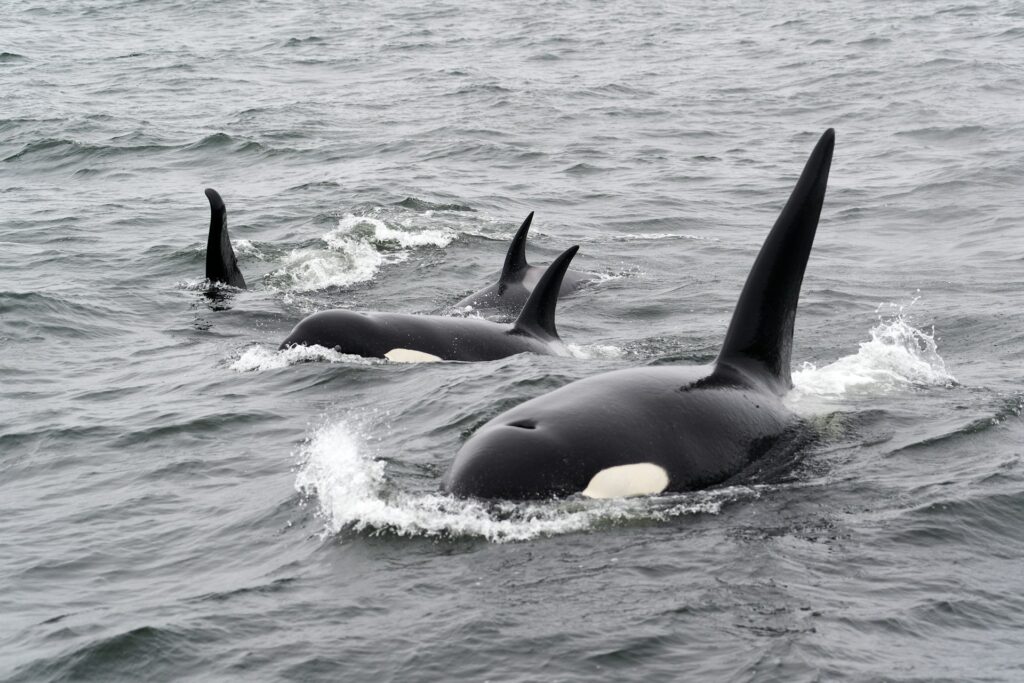
Orcas in documentaries look sleek and strategic. But when you see them in person—especially in the wild—they’re something else entirely. There’s a ferocity to them, yes, but also a playfulness. They surface with force, crash through the water, and then disappear like they were never there.
You hear them before you see them. A sudden blow of air, a splash. And then that towering fin cuts through the surface like a blade. In that moment, they don’t look like something from a textbook. They look like something that doesn’t care whether you’re watching or not. That kind of indifference is power.
Golden eagles
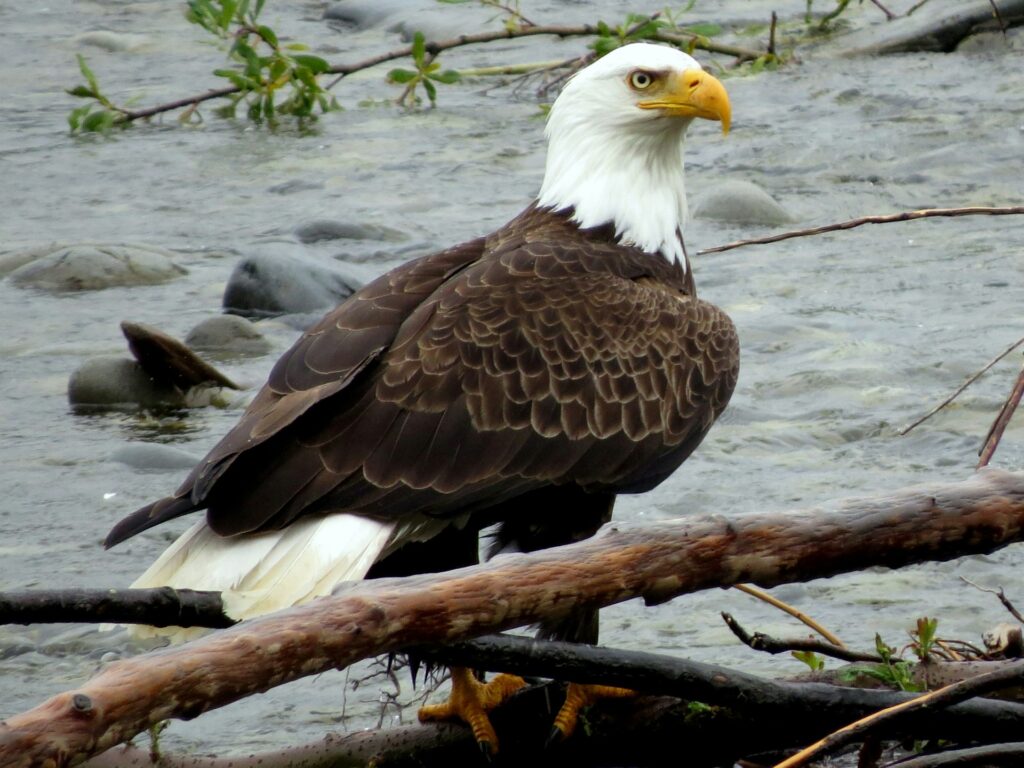
Golden eagles look impressive on film, sure. But when one flies past you—close enough that you feel the rush of air—it’s something else entirely. Their wingspan can stretch over two metres, and when they’re in motion, they’re all muscle and focus.
There’s no wasted movement. They glide in long, slow arcs before suddenly folding in and diving, fast and clean. You don’t hear them coming. You just look up, and there they are—huge, quiet, and entirely in charge of the sky.
Wolves
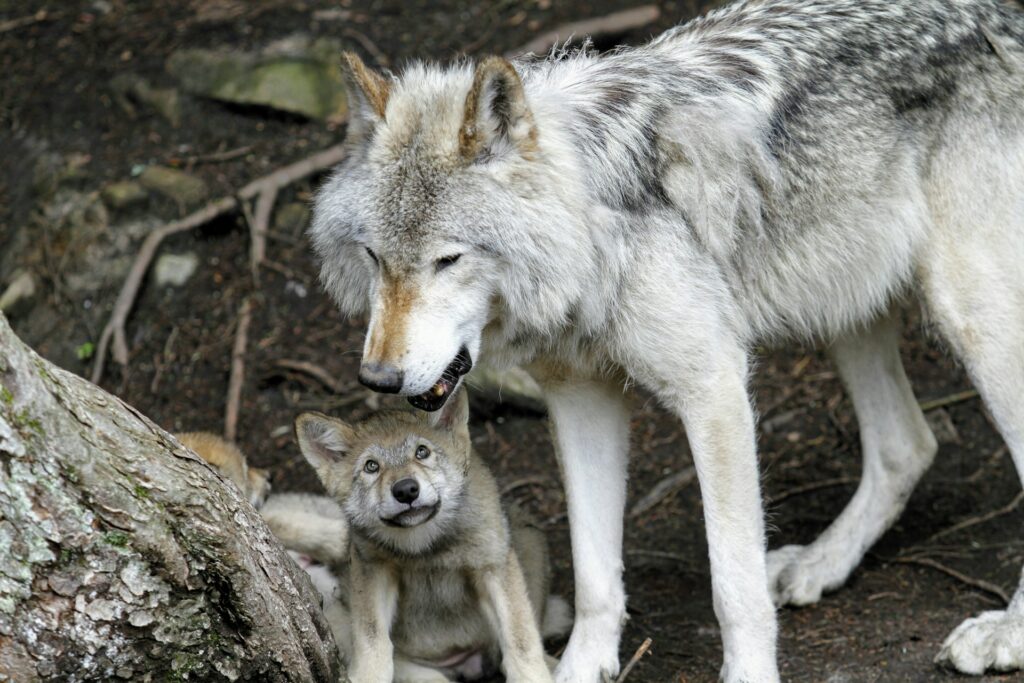
Wolves on screen often get a dramatic edit. Lots of slow-motion, lots of eerie music. But in person, they’re quieter than you’d expect. More fluid. They don’t stalk around like villains. They move like shadows—light on their feet, constantly scanning, constantly listening.
If you’re lucky enough to see a pack in the wild, what hits you most is the way they move as one. Not in a showy way. Just naturally in sync. And their eyes… there’s something piercing in the way they look at you. Not curious. Not scared. Just very aware.
Grizzly bears

A camera can’t really do justice to the scale of a grizzly bear. They’re taller than you think, heavier than you imagine, and faster than they should be. When they stand up, it’s less like an animal and more like a statue being raised from the ground.
They’re not aggressive by nature, but there’s no mistaking their presence. The sound of their breath, the way they tear into a tree trunk like it’s nothing—it’s all a reminder of how strong and self-sufficient they are. You don’t get that from a drone shot.
Blue whales
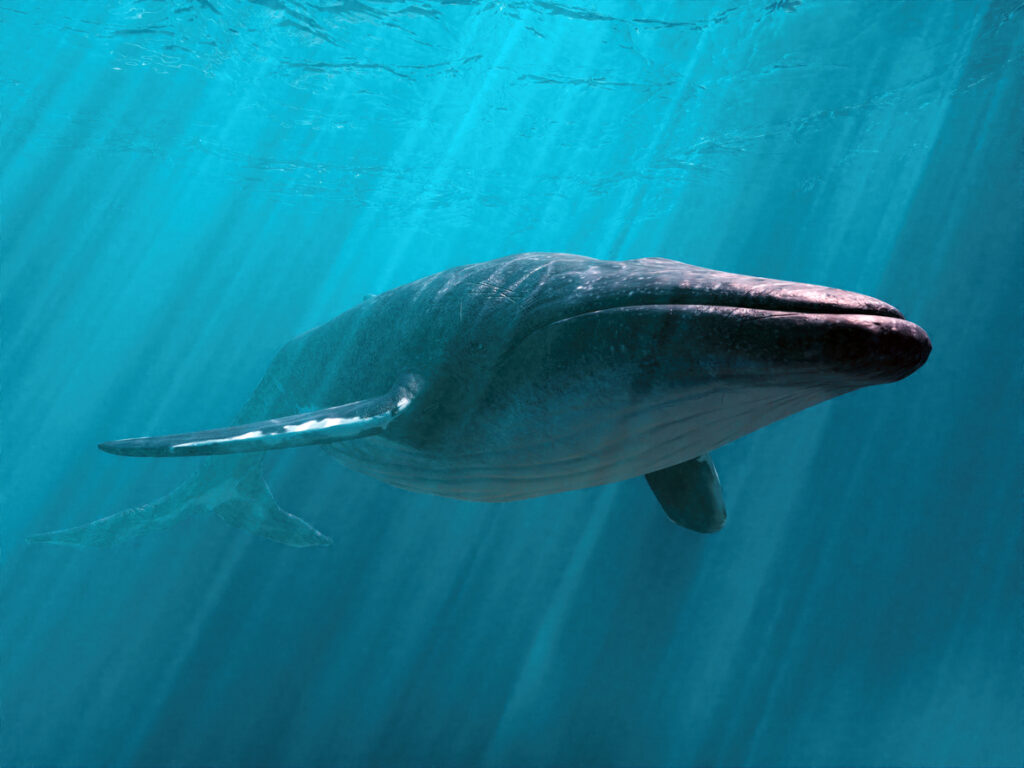
Even when you’ve heard the stats, the real thing still doesn’t compute. The biggest animal on Earth doesn’t feel real until you see its back arching out of the water like the side of a cliff. There’s a stillness to blue whales that makes everything else go quiet. They don’t thrash or leap or roar. They just move, steady and vast, dragging a sense of wonder in their wake. Seeing one is less about adrenaline and more about awe.
Snow leopards

Documentaries have brought snow leopards to wider attention over the past few years, but the reality of seeing one is still surreal. They’re almost ghostly. You could be staring straight at one and not even realise it. When they do move, it’s with incredible elegance. They don’t stumble or hesitate. Every step is placed with intention. And those tails—thick, heavy, constantly counterbalancing—look like they belong in a painting. They’re the definition of elusive.
Red deer stags in rut
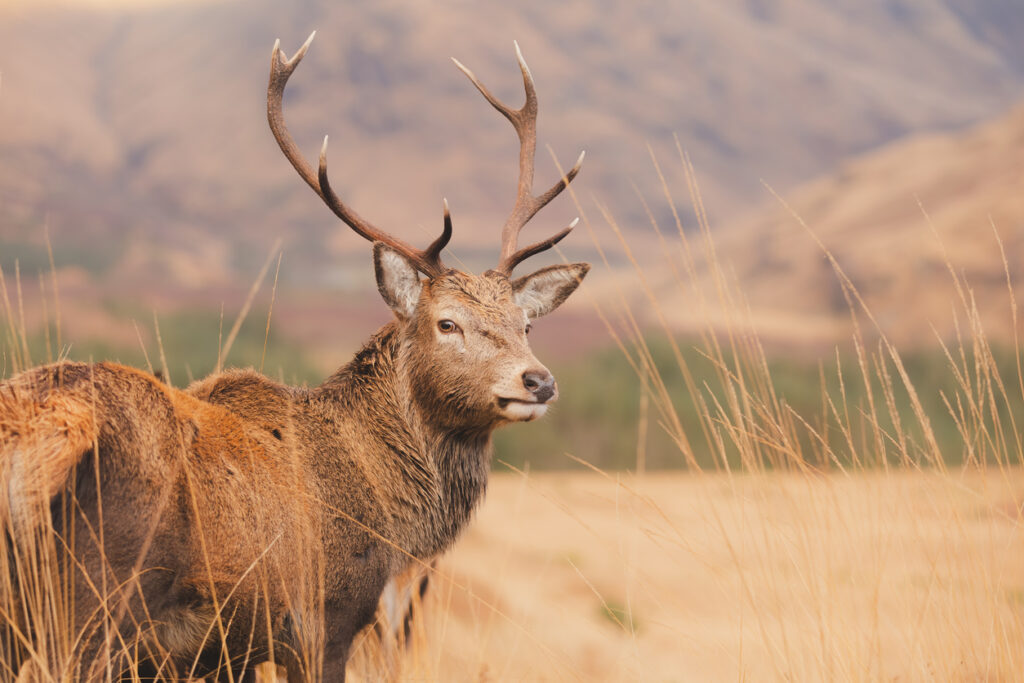
The autumn rutting season in the UK is loud, messy, and impossible to ignore if you’re anywhere near a herd of red deer. The stags bellow and roar, clash antlers, and stomp around like they own the place. Documentaries often show the drama, but what they miss is the atmosphere. The cold air, the breath steaming, the tension in the group. Seeing a stag throw back his head and roar across a frosty field isn’t something you forget. It’s the kind of moment that sticks in your chest.
Albatrosses
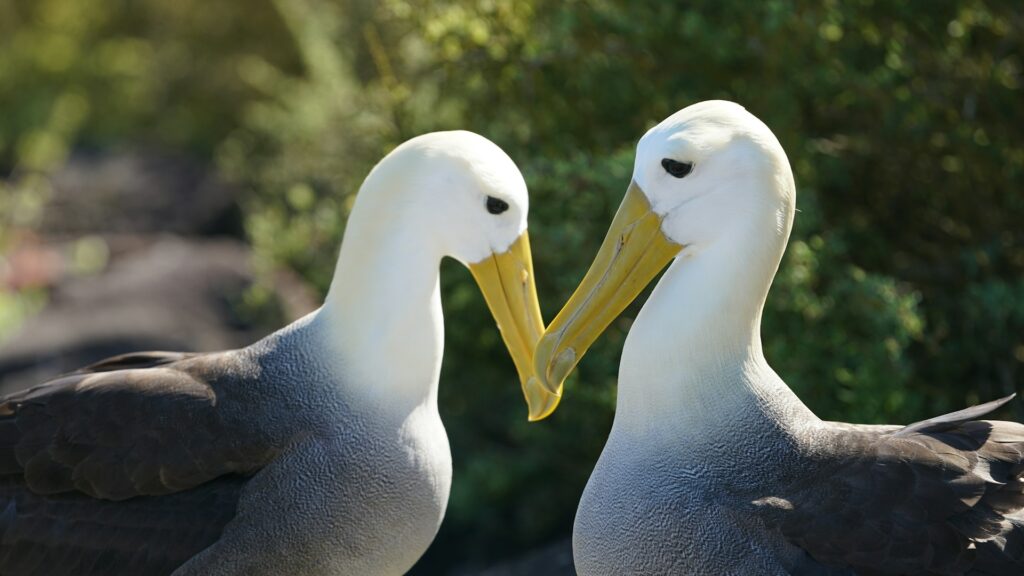
You don’t realise how huge albatrosses are until they’re gliding above you, barely flapping, riding the wind like it owes them something. With wingspans reaching over 3 metres, they look like they shouldn’t be able to take off. But they do—and they make it look easy. What documentaries can’t quite capture is how they use the air itself. They’re not flying so much as surfing. It’s peaceful and technical and beautiful all at once.
Bison
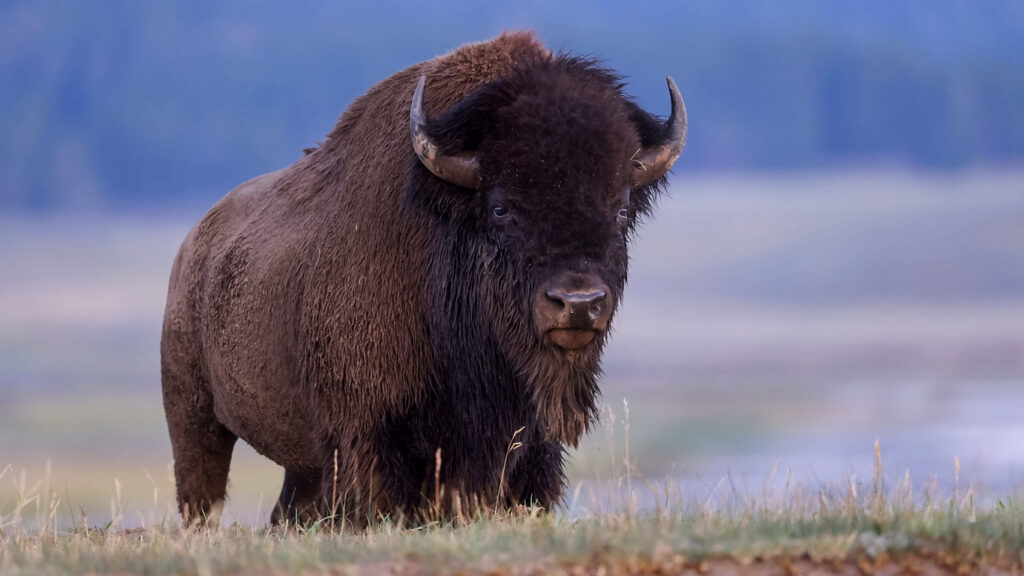
Bison have an almost mythical quality to them. Watching them move across open plains feels like stepping into another time. They’re massive, shaggy, and somehow both slow and powerful. They don’t stampede often, but when they do, the ground shakes. What gets you, though, is their calm. You can see it in the way they stand—still, patient, enduring. They’re not in a rush. They’ve seen it all before.
Some things have to be seen to be felt

Nature documentaries are brilliant. They show us things most of us would never get to witness otherwise. But they can’t replicate the experience of presence. Of being there. Of feeling the weight of the moment when a wild animal turns its head and sees you.
These animals aren’t just subjects. They’re reminders of what real wildness looks like. And sometimes, being in their presence makes you feel a bit smaller—but in the best possible way.